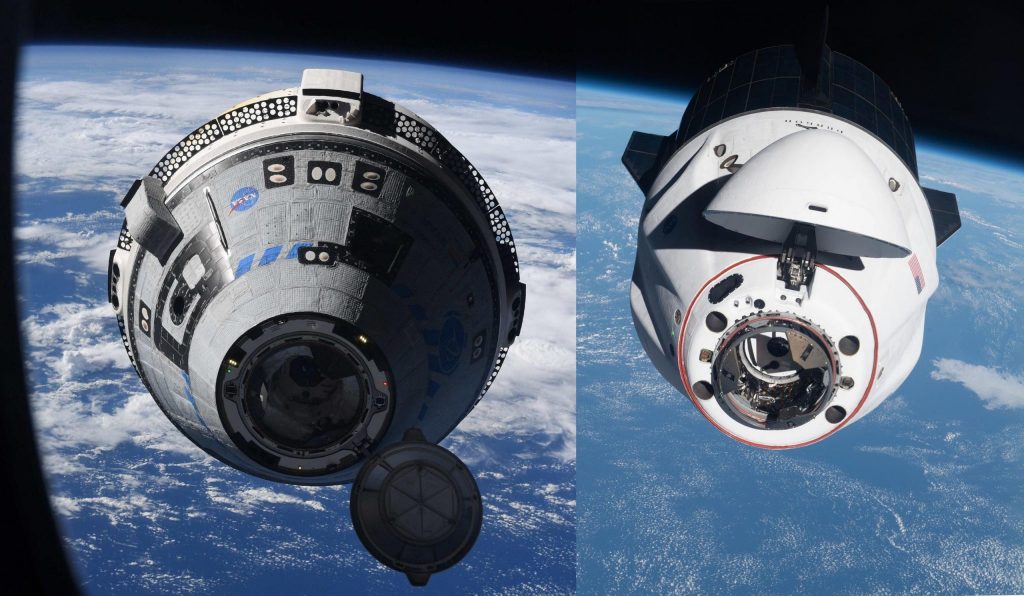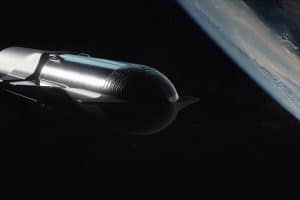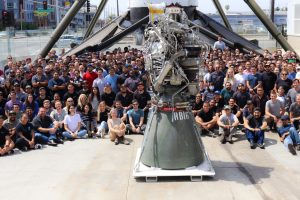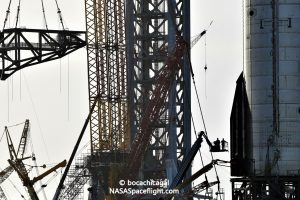NASA says it will soon award SpaceX another five Crew Dragon astronaut transport contracts after purchasing three extra missions from the company on February 28th.
That June 1st announcement means that NASA has more than doubled the number of operational Crew Dragon astronaut launches planned between 2020 to the end of 2030 in the last three months – a decision that represents another major SpaceX upset over Boeing. In reality, NASA has simply made some cold and rational calculations about its two Commercial Crew providers and – with no ill intent – made far-reaching decisions to preemptively secure its astronauts’ access to the International Space Station (ISS) for the rest of this decade. Intentional or not, however, the optics of those decisions speak volumes.
When NASA awarded Boeing and SpaceX their original $4.2 billion and $2.6 billion Commercial Crew Transportation Capability (CCtCap) contracts in 2014, the agency’s goal (or hope) was for both providers to complete the development of their Starliner and Crew Dragon spacecraft in roughly the same amount of time. Boeing and SpaceX would have then taken turns, each performing one six-month crew transportation mission per year and ensuring redundant access to the ISS for the rest of its life.
More realistically, the general assumption was that Boeing – an ancient aerospace company with half a century of spaceflight experience – would smoothly complete Starliner while SpaceX – a 12-year-old startup – would struggle to push Crew Dragon across the finish line. Of course, exactly the opposite proved to be true. For what would ultimately become (to NASA) $3.15 billion to Boeing’s $4.95 billion and development and test flight costs of $1.2 billion to Boeing’s $2.2 billion, SpaceX completed its first successful uncrewed and crewed Crew Dragon test flights in March 2019 and May 2020. In contrast, Boeing’s first uncrewed Starliner launch attempt nearly ended in catastrophe in December 2019. A second July 2021 attempt at that mission was prevented from launching by unrelated technical difficulties. Only on May 25th, 2022 did Boeing finally complete the equivalent of Crew Dragon’s March 2019 Demo-1 test flight.
NASA’s February 28th purchase of three more SpaceX Crew Dragon missions was unsurprising. The future of Starliner was still unclear and the Dragon missions it was purchasing could be needed as early as 2023 if Boeing’s spacecraft was not ready in time. The timing of NASA’s notice of intent to purchase another five Crew Dragon missions one week after the end of Boeing’s mostly successful OFT-2 test flight, however, is somewhat surprising. Instead of throwing Boeing a bone after its long-awaited success and somewhat balancing the scales between its two Commercial Crew providers, NASA has ultimately decided to purchase more than twice as many crew missions from SpaceX.
Following NASA and SpaceX’s successful Crew-4 launch last month, the space agency needs 16 more six-month transport missions from SpaceX and Boeing to ensure astronaut access to the ISS between now and late 2030. NASA has issued its intent to perform up to 14 operational Crew Dragon missions and up to 6 Starliner missions (via Boeing’s original contract). Subtracting the 4 missions SpaceX has completed or is in the midst of completing, NASA will soon have all the contracts it needs to crew the ISS until the end of 2030 without purchasing a single extra mission from Boeing.

As a result, barring surprises, SpaceX will likely be responsible for launching 70% of all NASA and ESA astronauts from late 2020 to the end of 2030, while Boeing will be tasked with carrying the remaining 30%. A less likely Commercial Crew outcome would have been hard to imagine in 2014.





